To build an effective chest hypertrophy workout, start by understanding chest muscle anatomy. Set clear, measurable goals for muscle growth. Select exercises that target multiple chest fibers, like bench presses and push-ups. Structure your program with 3-4 weekly workouts, beginning with compound movements. Implement progressive overload by gradually increasing weight, reps, or sets. Master proper form to maximize muscle engagement and prevent injury. Prioritize rest and recovery between sessions. Fuel your growth with a protein-rich diet. By following these steps, you'll create a solid foundation for chest muscle development. The journey to a bigger, stronger chest awaits with more detailed insights ahead.
Core Insight
- Set specific, measurable chest muscle growth goals considering size, definition, and balance.
- Choose exercises targeting multiple chest fibers, including bench presses, push-ups, and dumbbell flyes.
- Structure workouts with compound exercises first, followed by targeted movements, 3-4 times weekly.
- Implement progressive overload by gradually increasing weight, reps, or sets in each workout.
- Ensure proper form, adequate protein intake, and sufficient rest for optimal muscle growth and recovery.
Understanding Chest Muscle Anatomy

Your chest has three main muscles: the pectoralis major, pectoralis minor, and serratus anterior. The pectoralis major is the biggest chest muscle you can see. It helps move and rotate your arm. It has two parts: the upper and lower sections. Knowing about these muscles is important for targeting them during workouts. This can help you perform better and recover faster.
The pectoralis minor is under the pectoralis major. It's smaller but helps move your shoulder blade and with breathing. It also keeps your shoulder stable.
The serratus anterior is called the "boxer's muscle." It goes around your ribcage and helps move your shoulder blade forward. It also assists in lifting your arm.
To build a well-rounded chest, you need to know where these muscles are and what they do. Focus on exercises that work each muscle. This will help you develop a balanced chest.
Setting Clear Hypertrophy Goals
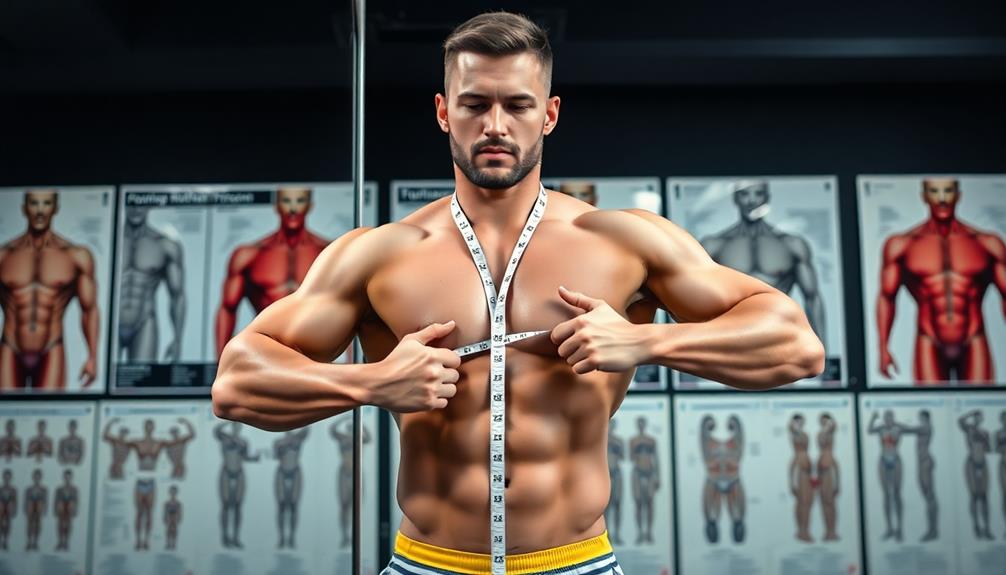
Setting Clear Chest Muscle Growth Goals
Understanding chest muscle anatomy is the first step. Now it's time to set clear goals for growing your chest. Start by deciding on specific, measurable targets. Think about overall chest size, muscle definition, and balance between the upper and lower chest. Just like measuring ingredients in a recipe, setting precise goals is key for successful chest growth.
Next, decide on a realistic timeframe for reaching these goals. Remember, muscle growth takes time and consistency. Set goals for the short term (1-3 months) and long term (6-12 months) to track your progress.
Think about your current fitness level and adjust your goals to match. If you're a beginner, focus on building a strong foundation before going after big growth targets. If you're experienced, aim for tougher goals that really challenge you.
Selecting Effective Chest Exercises
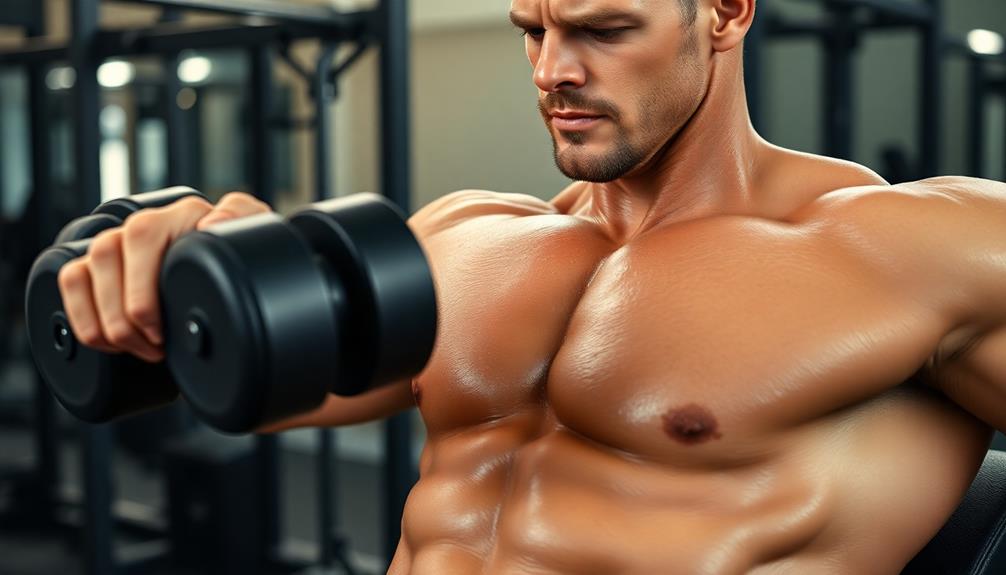
Choosing the right chest exercises is key for muscle growth. Focus on exercises that work many chest muscle fibers at once. Flat and incline bench presses should be the core of your routine. They work your whole chest and let you lift heavy weights. Add variety with resistance bands, which let you change the resistance as you get stronger.
Include dumbbell flyes to work your chest muscles by themselves and get a good stretch. Cable crossovers keep tension on your muscles the whole time. Push-ups are simple but work well and can be made harder.
Don't forget decline bench presses or dips to work your lower chest. Pick exercises that match your goals and how your body moves. Use good form to work your muscles the most and avoid injury. Change up exercises so you don't plateau and keep making progress as you build your chest.
Structuring Your Workout Program
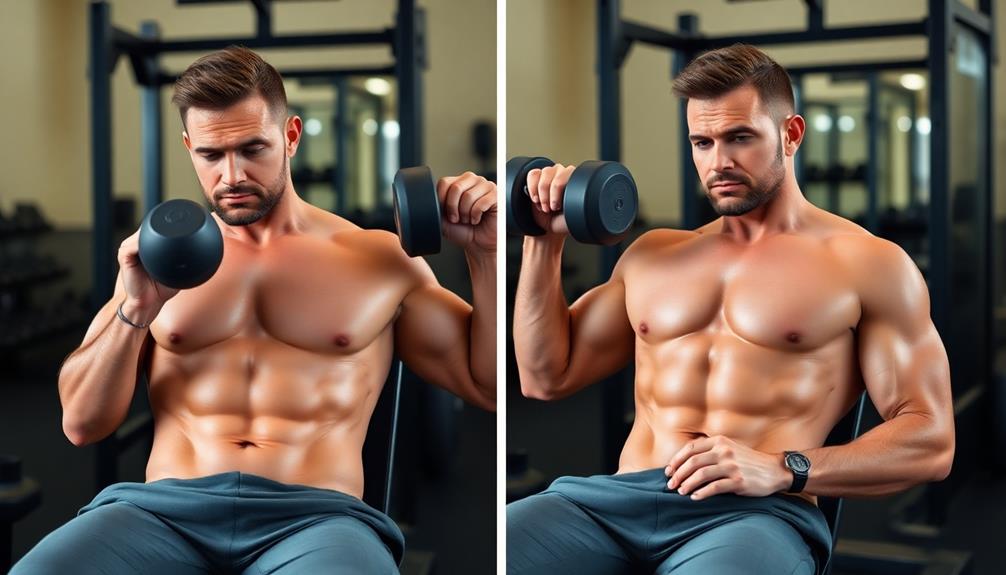
Organizing your chest workout is key to getting the best results. Start with exercises that work multiple muscles, like bench presses or push-ups. Then, do exercises that focus on specific parts of your chest. Try to do chest workouts 3-4 times a week, and make sure to rest between workouts. Think about having a protein shake after your workout to help your muscles recover and grow.
Always warm up before you start to avoid getting hurt and to do your best. Pick 3-4 exercises for each workout, and do 3-4 sets of 8-12 reps for each one. Use a weight that challenges you but still lets you do the exercise correctly.
Over time, slowly increase the weight, reps, or sets to keep making progress. Mix up your workouts by doing different exercises or changing the angle to work different parts of your chest. When you're done, cool down and stretch to help your body recover.
Implementing Progressive Overload
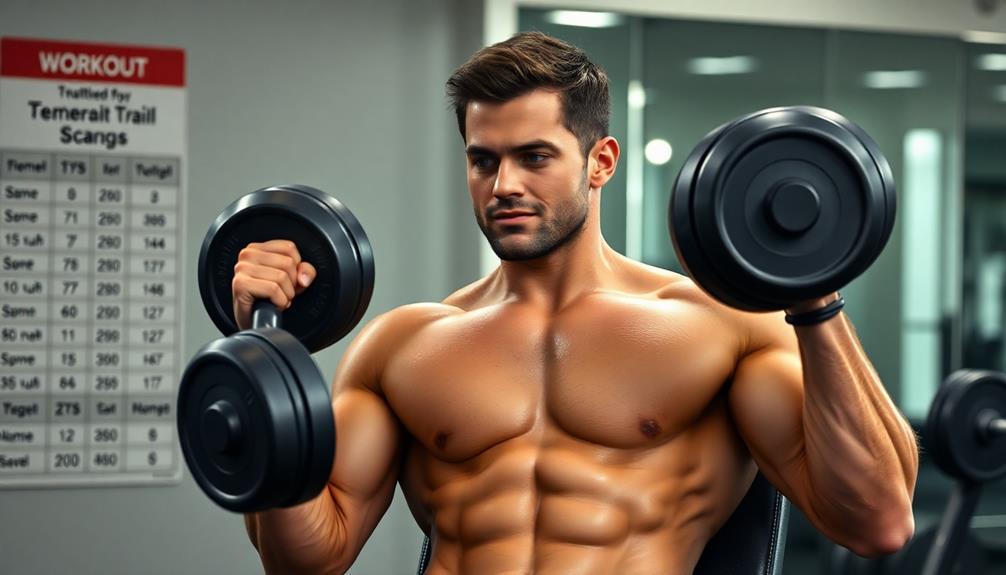
Progressive overload is key for building muscle and getting stronger. It means slowly increasing the weight, how often you lift, or the number of reps in your strength training routine. To do progressive overload in your chest workout, first write down how much you're lifting now. Each week, try to increase the weight by 2.5-5%, or do 1-2 more reps in each set. If you can't lift heavier weights, try adding an extra set to your exercises. Focus on proper form and give your body time to recover between workouts. Eating enough protein will help your muscles grow and get stronger.
Mastering Proper Exercise Technique
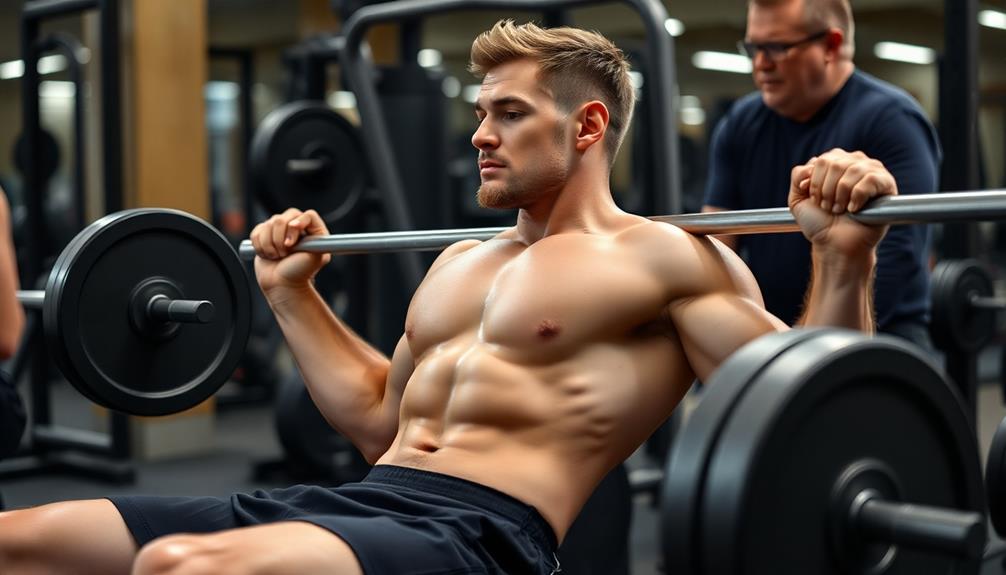
Proper exercise technique is key to effective chest training. Focus on:
- Using the full range of motion
- Controlling your movements
- Breathing properly
- Positioning your body correctly
- Connecting your mind and muscles
Perfecting your form will work your muscles better and lower your risk of injury. Use lighter weights at first to practice good technique before going heavier. Pay attention to how your chest muscles feel with each rep. Keep tension in the muscles through the whole movement. Avoid using momentum or swinging the weights. Don't rush your sets. Focus on quality over quantity. It's not just about lifting heavy weights but how you lift them. If you're unsure about your form, think about working with a trainer. They can give you specific guidance and corrections. To help your muscles recover after a workout and ease soreness, try foam rolling. These self-massage tools can improve blood flow and loosen tight muscles. This will support your goals for growing your chest muscles.
Optimizing Rest and Recovery

Rest and recovery are essential for chest muscle growth. Your muscles need time to repair after hard workouts. Rest at least one full day between chest workouts. This means 48-72 hours of recovery time.
During recovery, eat well and drink plenty of water. This supports muscle growth. Eat enough protein, carbs, and healthy fats. Get 7-9 hours of good sleep each night. Sleep is important for muscles to repair. Magnesium sprays may help you relax and sleep better. This can improve recovery.
Light exercise can also help you recover. Try easy cardio, stretching, or yoga. This gets your blood moving and eases sore muscles. Massage or foam rolling can help tight spots in your chest muscles.
Nutrition for Chest Muscle Growth

Eating right is key for building a strong, muscular chest. Make sure you get enough protein, complex carbs, and healthy fats in your diet. Choose foods that are packed with nutrients to power your workouts and help your muscles grow. Protein powders with 20-30g per serving and all the essential amino acids can be a great way to hit your daily protein goals and support muscle gains.
Here's what to aim for:
- Protein: 1.6-2.2g per kg of body weight per day
- Carbs: 3-5g per kg of body weight daily
- Healthy fats: 20-30% of your total calories
- Water: 3-4 liters per day
- Meal timing: Eat every 3-4 hours
Don't forget to change your calorie intake based on your goals and how active you are. Stick to your nutrition plan, and combine it with the right training and recovery. That's the recipe for building an impressive chest.
Frequently Asked Questions
How Long Does It Take to See Noticeable Chest Muscle Growth?
You'll typically notice chest muscle growth within 6-8 weeks of consistent training. However, it's important to remember that results vary based on your genetics, diet, workout intensity, and recovery. Stay patient and keep pushing yourself!
Can Chest Exercises Help Reduce Excess Breast Tissue in Men?
Yes, chest exercises can help reduce excess breast tissue in men. You'll build muscle and burn fat, which can improve chest appearance. However, for severe cases of gynecomastia, you might need medical intervention for best results.
Are Chest Dips as Effective as Bench Presses for Building Chest Muscle?
You'll find chest dips can be just as effective as bench presses for building chest muscle. They're both compound exercises that target your pecs. However, dips also engage your triceps more, offering a slightly different workout focus.
How Can I Target My Upper Chest More Effectively?
To target your upper chest effectively, you'll want to focus on incline exercises. Incorporate incline bench presses, incline dumbbell flyes, and low-to-high cable flyes into your routine. Don't forget to maintain proper form for best results.
Is It Necessary to Feel a "Pump" During Chest Workouts?
While feeling a "pump" can be satisfying, it's not necessary for chest growth. You'll still build muscle without it. Focus on proper form, progressive overload, and consistency in your workouts for effective chest development.

